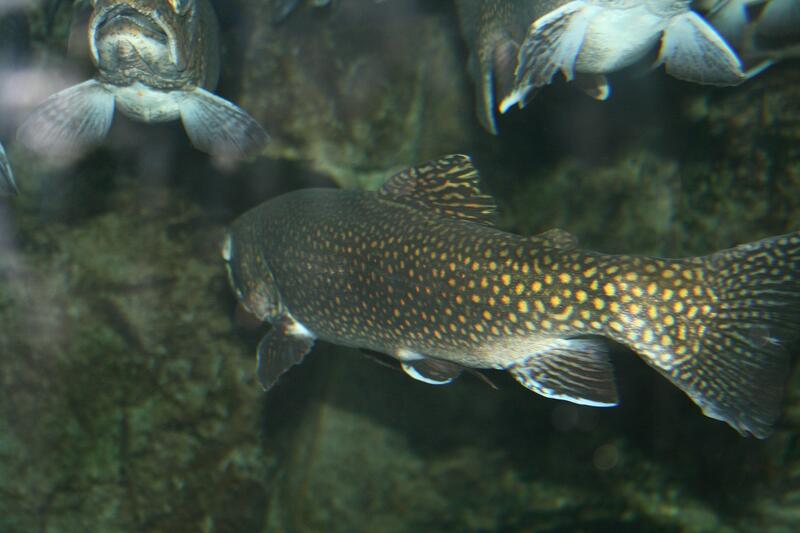Cutting Carbon Emissions in Marine aquaculture: Key Methods
This article highlights key methods for reducing carbon emissions in marine aquaculture, including improved feed management, energy efficiency, and alternative energy sources.

Marine aquaculture, also known as fish farming, is an important source of food and income for millions of people worldwide. However, like many other industries, it contributes significantly to carbon emissions, which are a major cause of climate change. Decarbonisation in the marine aquaculture sector is therefore crucial to reduce its carbon footprint and mitigate the effects of climate change. This article will explore what decarbonisation in marine aquaculture is, why it is important, the main sources of carbon emissions in the sector, how carbon emissions can be reduced, the challenges facing decarbonisation, and the implications of decarbonisation for the sector.
What is Decarbonisation in Marine Aquaculture Sector and Why is it Important?
Decarbonisation in marine aquaculture refers to the process of reducing or eliminating carbon emissions from the sector. This is important because carbon emissions contribute significantly to climate change, which has severe environmental, social, and economic consequences. Climate change affects the ocean in many ways, including ocean acidification, sea level rise, and changes in ocean currents, which can have a negative impact on marine life and the communities that depend on it. Decarbonisation in marine aquaculture is therefore crucial to mitigate the effects of climate change and ensure the sustainability of the sector.
Main Sources of Carbon Emissions in Marine Aquaculture Sector
The main sources of carbon emissions in the marine aquaculture sector are energy use, feed production, and waste management. Energy use accounts for a significant portion of carbon emissions in the sector, with most of the energy used for heating, lighting, and pumping water. Feed production is another significant source of carbon emissions, as it requires the use of fossil fuels for transportation and processing. Waste management is also a source of carbon emissions, as the decomposition of organic waste produces methane, a potent greenhouse gas.
Reducing Carbon Emissions in Marine Aquaculture Sector
There are several ways to reduce carbon emissions in the marine aquaculture sector. One way is to improve energy efficiency by using renewable energy sources such as solar, wind, and hydroelectric power. Another way is to reduce energy use by optimizing the design and operation of aquaculture facilities. For example, using natural light instead of artificial lighting can reduce energy use, and using recirculating aquaculture systems can reduce water use and energy consumption.
Reducing carbon emissions from feed production can be achieved by using sustainable feed ingredients such as algae and insect meal, which have a lower carbon footprint than traditional feed ingredients such as fishmeal and soy. Waste management can also be improved by using anaerobic digestion to produce biogas from organic waste, which can be used as a renewable energy source.
Challenges Facing Decarbonisation in Marine Aquaculture Sector
There are several challenges facing decarbonisation in the marine aquaculture sector. One of the main challenges is the high cost of implementing sustainable practices, such as using renewable energy sources and sustainable feed ingredients. Another challenge is the lack of awareness and knowledge among aquaculture producers and consumers about the importance of decarbonisation and the potential benefits it can bring. Additionally, regulatory frameworks and policies may not be supportive of decarbonisation efforts, making it difficult for aquaculture producers to implement sustainable practices.
Implications of Decarbonisation for Marine Aquaculture Sector
Decarbonisation in the marine aquaculture sector has several implications for the sector. One implication is that it can improve the sustainability of the sector by reducing its carbon footprint and mitigating the effects of climate change. This can also enhance the reputation of the sector and increase consumer demand for sustainable seafood. Decarbonisation can also create new opportunities for innovation and entrepreneurship, as new technologies and practices are developed to reduce carbon emissions. Finally, decarbonisation can contribute to the achievement of global climate goals, such as the Paris Agreement, by reducing carbon emissions from the aquaculture sector.
Conclusion
Decarbonisation in the marine aquaculture sector is crucial to mitigate the effects of climate change and ensure the sustainability of the sector. The main sources of carbon emissions in the sector are energy use, feed production, and waste management. Reducing carbon emissions can be achieved by improving energy efficiency, using sustainable feed ingredients, and improving waste management. However, there are several challenges facing decarbonisation, including the high cost of implementing sustainable practices, lack of awareness and knowledge, and regulatory frameworks and policies that may not be supportive. Decarbonisation has several implications for the sector, including improving sustainability, enhancing reputation, creating new opportunities, and contributing to global climate goals.